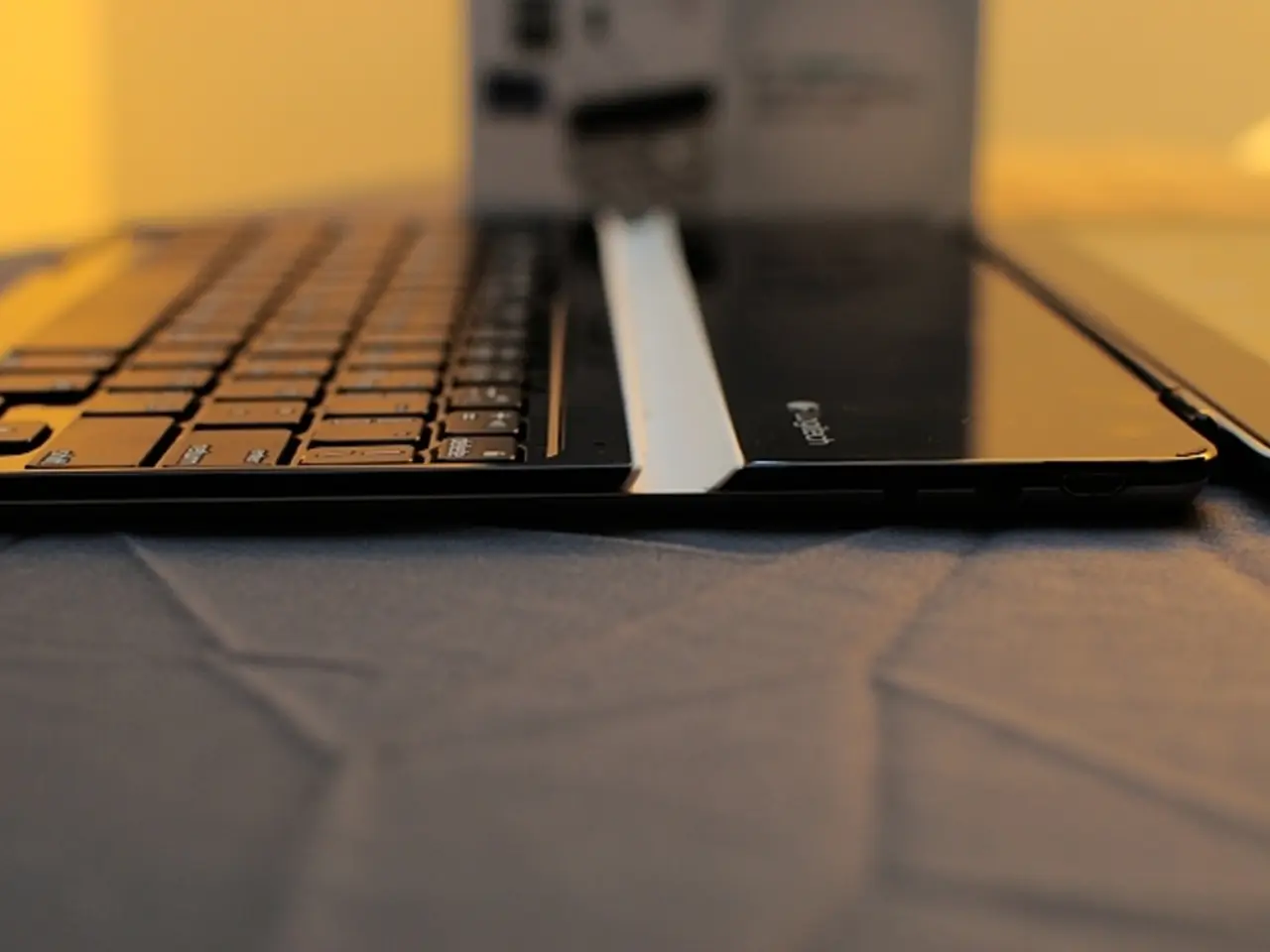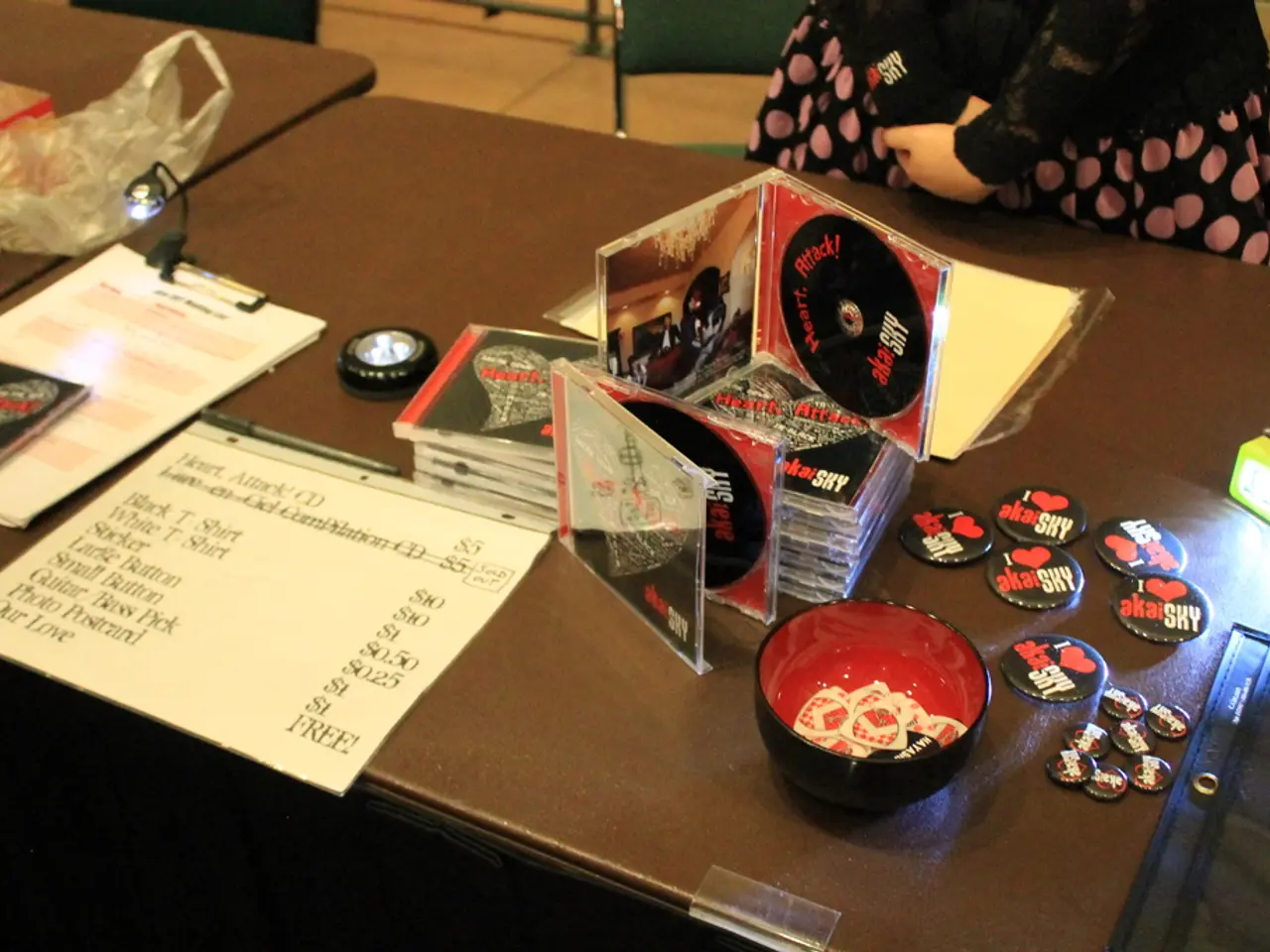Product labels with UL symbols indicate that the items have been safety-tested and certified by Underwriters Laboratories (UL), ensuring they comply with standard safety and performance requirements.
Underwriters Laboratories (UL), a not-for-profit organization dedicated to public safety, plays a significant role in ensuring the safety and reliability of a wide array of products. This esteemed organization, whose namesake originates from the practice of risk acceptance and premium specification by insurers, independently tests, evaluates, and certifies products to meet stringent safety and performance standards.
The Role of UL in Product Safety
UL's key responsibilities include testing and certifying products, developing and maintaining safety standards, inspecting and monitoring compliance, and providing specialized certification for hazardous environments. Products that bear the UL mark have been verified to comply with these rigorous standards, signaling safety and reliability to consumers, regulators, and insurers.
Testing and Certification
Products are tested under controlled conditions to verify they meet UL’s detailed safety and performance requirements. This testing can be conducted by UL or by manufacturers following UL guidelines, with ongoing oversight to maintain standards.
Standards Development
UL develops and maintains safety standards often in collaboration with national and international technical committees. They may create new test methods or standards for emerging or unique product features to address evolving safety needs.
Inspection and Compliance Monitoring
UL examines samples, reviews product designs, and audits manufacturing processes to confirm ongoing compliance with UL requirements. They also provide technical assistance and communicate directly with clients to resolve safety or specification issues.
Specialized Certification
UL offers tailored certification for hazardous environments, such as intrinsically safe devices used in explosive atmospheres, ensuring products minimize ignition risks under fault conditions and meet stringent regulatory frameworks like OSHA and NEC.
The Value of UL Certification
The significance of UL certification lies in its wide recognition as a trusted mark of safety. This certification:
- Demonstrates that a product is built and tested to meet established safety standards, enhancing consumer confidence and regulatory acceptance.
- Helps manufacturers reduce legal risks and insurance costs by ensuring compliance with safety norms.
- Encourages higher quality and durability in products, reducing failures, recalls, and costly repairs.
- Facilitates market access, as UL certification is often required by regulators and industry standards organizations before products are approved.
In summary, UL ensures product safety by setting rigorous standards, conducting or overseeing independent testing, and monitoring ongoing compliance, thereby providing a trusted certification mark that supports consumer safety, regulatory compliance, and manufacturer accountability.
For more information about UL, its standards, and related topics, visit the UL website or UL StandardsInfoNet. Here, you can find resources on various topics such as how UPC bar codes work, the meaning of the "CE" logo, top 5 technology trends at CES 2009, product recall notifications, and how refurbished electronics work.
- Ul's role in the field of electronics and technology involves testing and certifying products to ensure they meet rigorous safety and performance standards, helping manufacturers reduce legal risks and insurance costs, and promoting higher quality and durability in products.
- To strengthen science and technology through public safety, UL collaborates with national and international technical committees to develop and maintain safety standards, creating new test methods and standards for emerging or unique product features.




